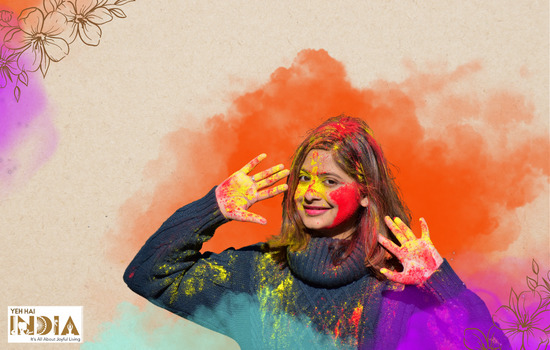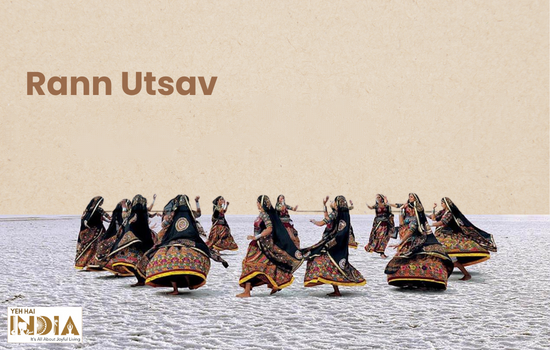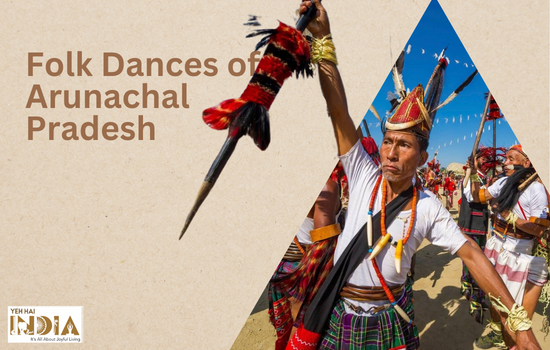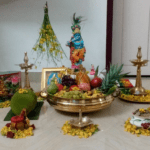We all have heard that India is so diversified a land that we have hundreds of languages and dialects, four distinct seasons, varied topography and unique food across the country. But, do we know that 31st is not the only New Year in India? Yes, 6th April this year is the Hindu New Year. And because we are talking about India, and we are definitely not satisfied with normalcy, this auspicious day is called Gudi Padwa by Konkanis and Maharashtrians, Chetti Chand by Sindhis, Ugadi by the people of Telangana and Karnataka, and Navratri by North-Indians. This alone gives us a glimpse of what our beautiful nation believes in- Unity in Diversity!
Here is a glimpse into how different states celebrate the Hindu New Year:
Gudi Padwa:
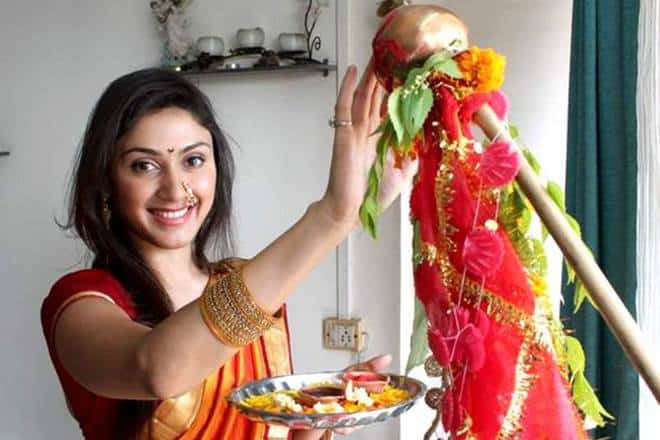
Celebrated in the month of Chaitra, the name itself is made up of two independent words- gudi and padhwa. Gudi symbolizes the victory of Lord Rama over Ravana, the ruler of Lanka. It shows the significance of return of Lord Rama after 14 years of exile. A gudi (flag) is made out of a bright coloured cloth and tied atop a bamboo stick. This stick is then decorated by neem and mango leaves and capped with a kalash. This signifies victory. It is also said that gudi, when placed at the entrance of the house, brings prosperity and wards off evil. Padwa, taken from the Sanskrit word “Pratipada” marks the first day of the lunar month. This festival celebrates agricultural prowess of the devotees. On this day, traditional food like pooran poli, srikhand, kothmir vadi are prepared.
Chetti Chand
For Sindhis, this day is a commemoration of the birth of their patron saint Jhulelal. Sindhis follow the “Vikram Sambhat” calendar, wherein Chet is the first month. Every new month in this calendar starts with a new moon, hence the name “Chetti Chand”. They worship Jhulelal, and Varuna- the water God. Charitable activities are performed such as distributing food and clothes to the lesser-privileged. Ritualistic fairs are put up- where people sing and dance to the folk tunes praising Jhulelal. Every Sindhi household makes a symbolic representation of their god, known as Bahrana Sahib, and worship it. This is carried on for fourty days and during this time, all Sindhis avoid garlic, non-vegetarian food, onion. Etc. On the 41st day, the idol of Bahrana Sahib is immersed in water. Sindhi community all over the world celebrate this day with joy and excitement.
Ugadi
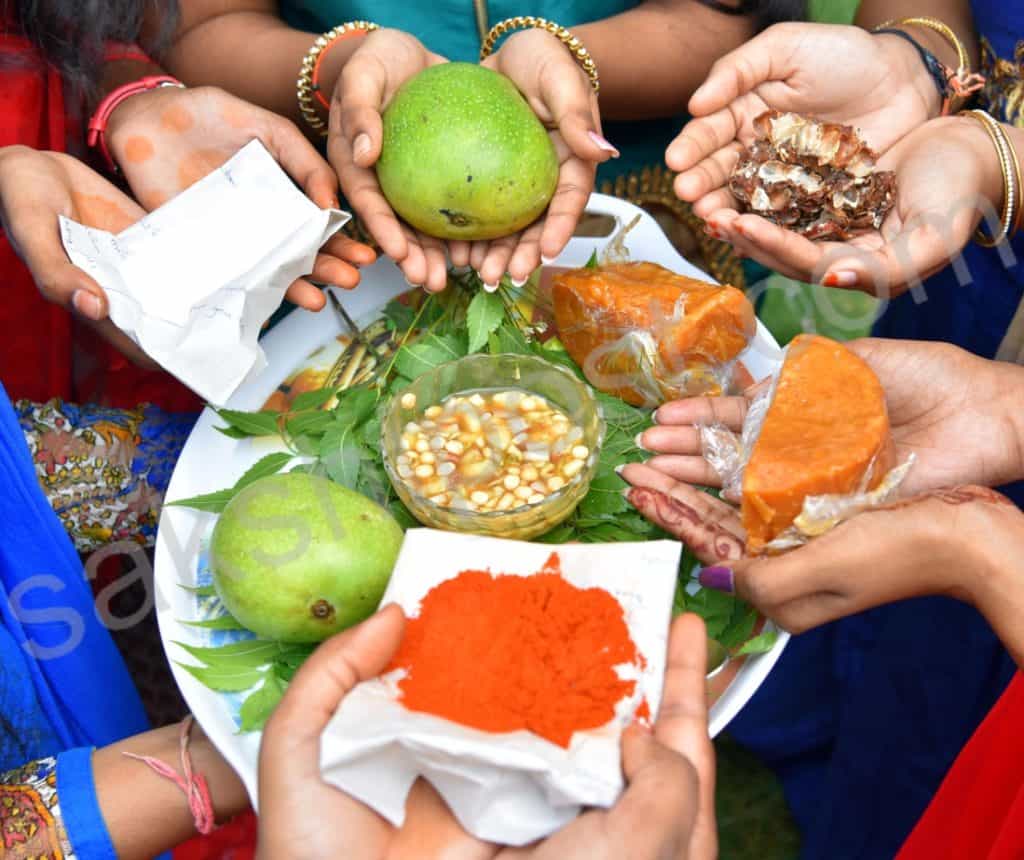
For Telugu speaking people of South India, Ugadi brings in the season of freshness and prosperity. It is believed that the day when Lord Brahma started the creation of life is the day of Ugadi. The food prepared on this day traces it’s roots to a very philosophical angle. Six different flavours ranging from sour to sweet make up the traditional dish of this festival. All the flavours symbolize different stages that one goes through in a lifetime- from cradle to grave. The dish, known as Ugadi Pachadi is a mix of distinct flavours- just the way our life is an amalgamation of distinct experiences. Panchangasravanam is an event organized in temples on this day, where people gather to hear what the year has in store for them. Effect of stars on zodiac signs, status of rains in the area, change in political scenario are some of the common questions asked during the narration. Fresh flowers and rangolis adorn the entrance of the households.
Navaratra
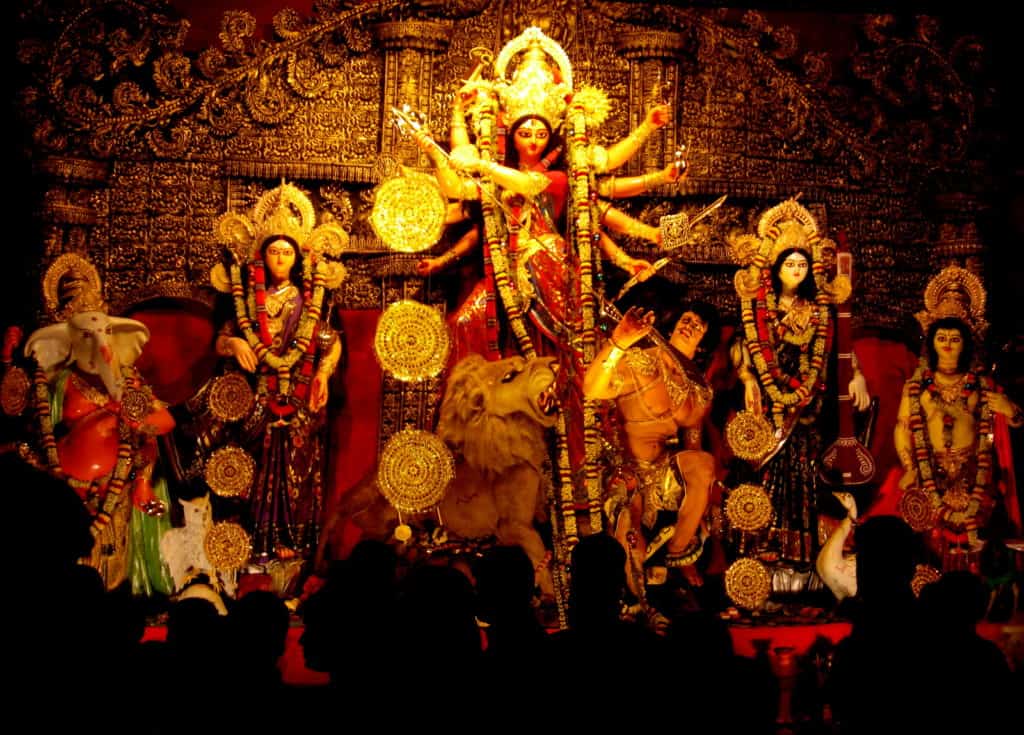
Navaratri is a nine day festival dedicated to nine forms of Goddess Durga. It is actually celebrated twice a year, Ashwina Navratri- at the beginning of winter, and Chaitra Navratri- at the beginning of summer. Both are celebrated at the cusp of seasonal changes. Devotees observe fast for nine days, consuming only fruits and water or sattvik meals, and perform pooja. Sattvik meals are prepared without the use of garlic and onion. Kanya poojan is also done during these 9 days, where young girls are worshipped. These young girls are symbolic to the nine forms of Durga. The ninth day of Chairta Navaratri is known as Ram Navami, the birthday of Lord Rama. During Navaratri, we worship Maa Shakti, who manifests herself in nine forms, each goddess representing a virtue that they are known for.
One Occasion, many names, different ways to celebrate ,truly the way India is. In Diversity lies unity
Also Read: VISHU Festival 2020 – Kerala New Year



